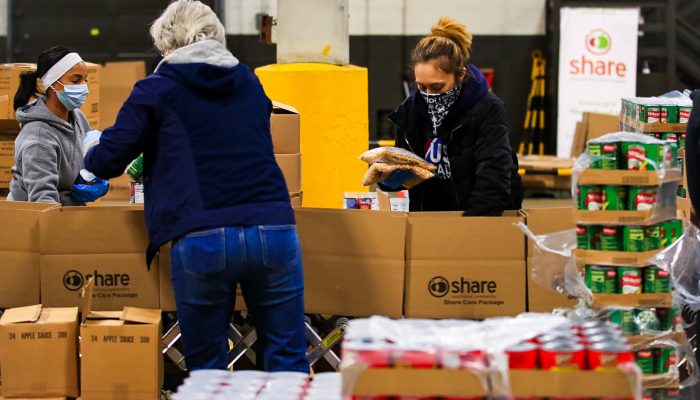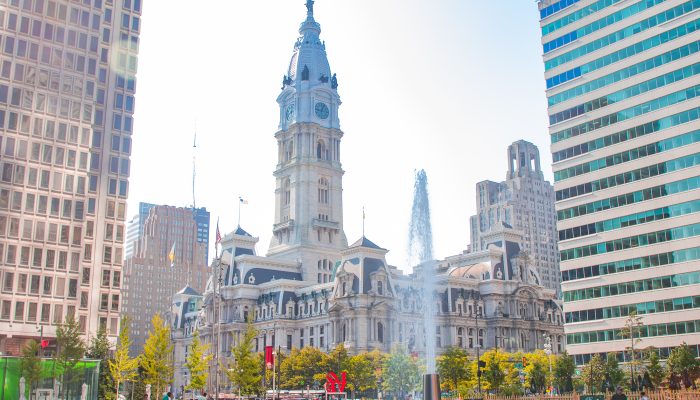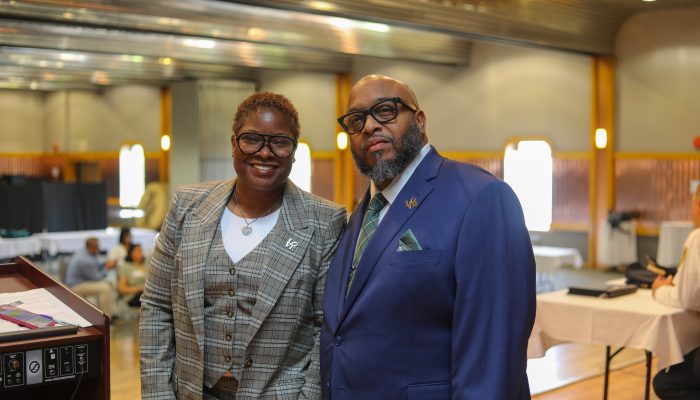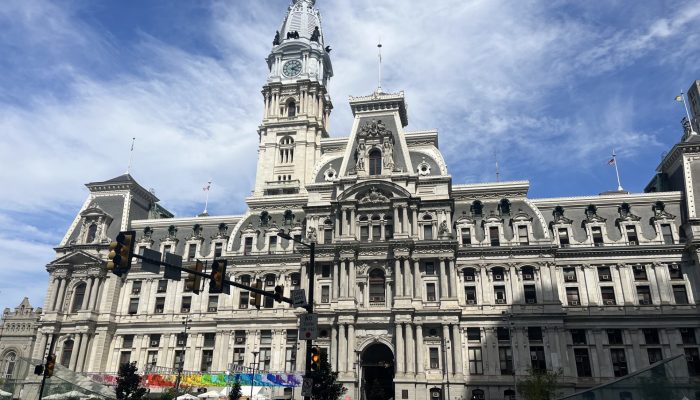The COVID-19 Recovery Office works to ensure that Philadelphia recovers from the pandemic in an equitable and fiscally responsible way that:
- Protects our residents’ public health and safety;
- Addresses community hardships;
- Puts Philadelphians back to work; and
- Helps businesses reopen and thrive.
The impact of COVID-19 on Philadelphia
As of September 2020, Philadelphia has seen more than 35,000 COVID-19 cases and nearly 1,800 residents have died. Public health guidelines will continue to require social and business restrictions to slow the spread of the disease. While these efforts have been largely successful from a public health perspective, they have caused dramatic and racially inequitable economic harm.
Between March 15 and August 1, about 210,000 Philadelphians filed initial claims for Unemployment Compensation and 69 percent of these people reported an educational attainment level below a high school diploma or GED.
The City of Philadelphia projects a $749 million revenue shortfall in FY21–an impact seven times greater than the revenue gap during the Great Recession.
How the City is responding with a focus on equity
The pandemic disproportionately harmed low-income residents and communities of color, so the City targeted assistance to those who have been harmed the most. Initiatives like food distribution, testing, access centers, small business relief, rental assistance, and the public health response were designed to ensure vulnerable Philadelphians’ basic needs were met, and to help keep people in their homes.
Protecting public health and safety
City agencies are on the front lines of the response to the public health crisis. From March 1 to June 30, the City’s General Fund spent more than $100 million on payroll, medical, and public health expenses, for:
- Personal protective equipment
- Prison health care services and testing
- Disease containment strategies
- Emergency Operations Center
- Medical surge capacity
- Communications to the public
- Enhanced sanitizing of public buildings
- Protective barriers in public buildings
- Enhanced emergency response protocols
Supporting vulnerable populations
Several key programs were created to protect vulnerable populations from the impacts of the pandemic.
PHL Rent Assist
PHL Rent Assist is the City’s rental assistance program, was launched and will helping up to 10,300 households pay rent, avoid eviction, and prevent homelessness.
PHLConnectED
PHLConnectEd will connect up to 35,000 K-12 student households with internet service in Philadelphia. The program offers eligible student households up to two years of high-speed internet so they can participate in virtual learning. Participants will not pay any out-of-pocket expenses or installation fees.
Access Centers
The City created a network of 77 Access Centers to provide Philadelphia’s students with a safe place for digital learning when caregivers work outside the home and have no childcare supports. These sites provide a safe space for virtual learning for nearly 2,200 students in grades K-6.
Isolation and quarantine space for at-risk populations
The City repurposed three hotels to act as isolation and quarantine spaces for COVID prevention. The hotels serve vulnerable residents who cannot safely quarantine or isolate at home or in a congregate setting.
Food distribution
The City focused efforts on food distribution to ensure families and residents continued to have access to nutritious meals. Since the beginning of the pandemic, the City distributed:
- Over 679,000 boxes of shelf-stable foods to families.
- Over 5.6 million meals to school-aged students who lost traditional access to meals when schools closed.
- Over 258,000 meals to people experiencing homelessness and neighbors, who could not access traditional feeding sites due to health restrictions.
- More than 85,000 meals to seniors.
Stimulating economic recovery
In March, the City committed $7 million for small business relief, which leveraged non-City funds to distribute a total of $13.3 million to 2,083 businesses through a mix of grants and zero-interest loans. 57 percent of awardees were located in low-moderate income census tracts.
Subsequently, the state announced a $225 million small business relief effort through the CDFI Fund. During phase one, 1,123 Philly businesses collectively received $20.4 million. 70 percent of those funds went to historically disadvantaged businesses.
Additionally, on September 24, the City announced it would allocate an additional $20 million dollars— from federal Coronavirus Relief Funds (CRF)—for grants to be distributed to Philadelphia businesses through the state’s COVID-19 Relief Pennsylvania Statewide Small Business Assistance program to help them weather the continuing impacts of the pandemic.
The City also invested $500k in the PHL COVID-19 fund, which matched philanthropic contributions to provide $17.5 million in grants to more than 500 nonprofits.
Contact Tracing
Contact tracing is an important tool to prevent the spread of COVID-19. The Philadelphia Department of Public Health hired a diverse staff of contact tracers in an effort to ensure that staff have the cultural and linguistic competencies to successfully reach and support people who may have had a COVID-19 exposure.
Testing
Many of the City’s testing efforts have focused on trying to reach racial minorities. To date, Philadelphia Department of Public Health has funded 14 organizations to expand community testing with a focus on under-served populations.
The first and largest grant was made to the Black Doctors COVID-19 Consortium, whose founder is now involved in helping to shape the Departments’ equity work and planning for flu and COVID-19 vaccine deployment. Currently, Black/African American Philadelphians have the highest testing rate per capita.




